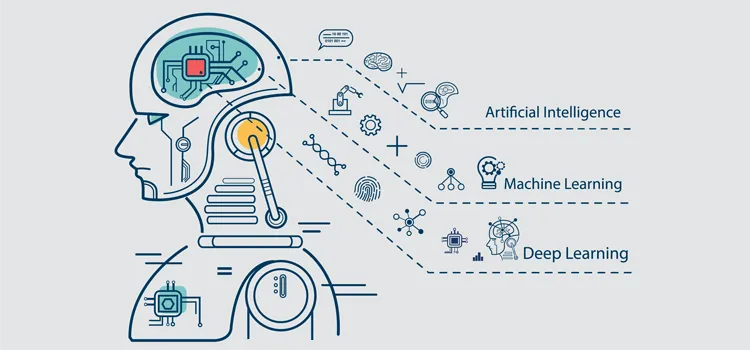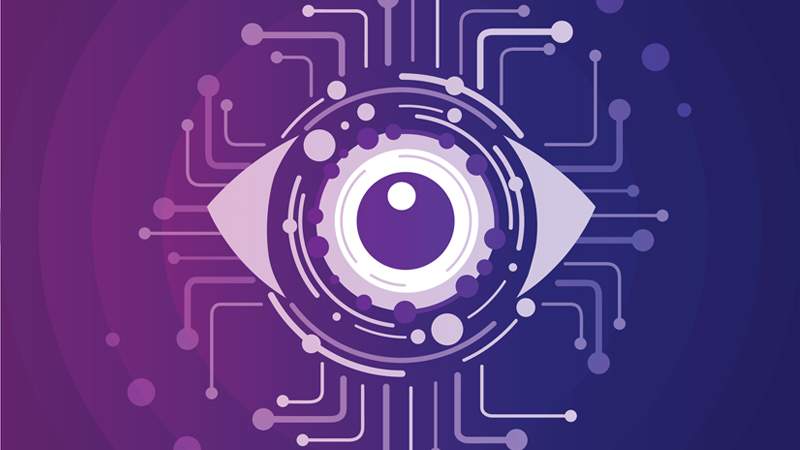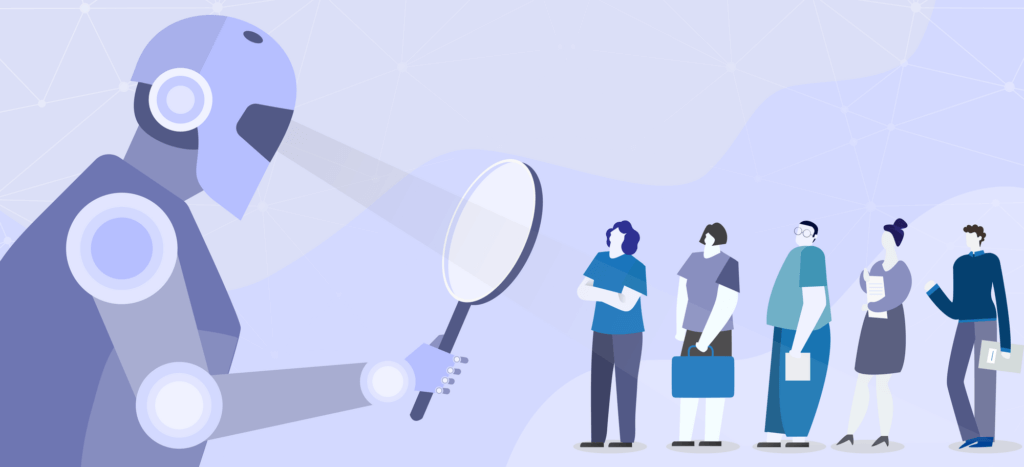How Artificial Intelligence is Shaping Our World :
Artificial Intelligence (AI) is transforming the world in unprecedented ways, influencing our daily lives, reshaping industries, and altering the job market. This blog delves into the latest advancements in AI technology, explores its potential future applications, and discusses the ethical considerations and challenges associated with its integration.
Outline:
1. Introduction to AI
- Definition and brief history of AI
- Importance and relevance of AI in today’s world
2. Current Advancements in AI
- Machine Learning (ML)**
- Explanation and examples (e.g., recommendation systems, image recognition)
- **Natural Language Processing (NLP)**
- Explanation and examples (e.g., chatbots, language translation)
- **Computer Vision**
- Explanation and examples (e.g., autonomous vehicles, medical imaging)
- **Robotics**
- Explanation and examples (e.g., manufacturing, service robots)
- **AI in Big Data**
- Explanation and examples (e.g., data analytics, predictive modeling)
3. Potential Future Applications of AI
- **Healthcare**
- Personalized medicine, AI-assisted surgeries, diagnostics
- **Education**
- AI tutors, personalized learning experiences, administrative automation
- **Transportation**
- Fully autonomous vehicles, smart traffic management
- **Finance**
- Automated trading, fraud detection, personalized banking
- **Entertainment**
- AI-generated content, interactive media, gaming
4. Ethical Considerations and Challenges
- **Bias and Fairness**
- Addressing biases in AI algorithms
- **Privacy and Security**
- Data privacy concerns, cybersecurity threats
- **Job Displacement**
- Impact on employment, the need for reskilling
- **Accountability and Transparency**
- Ensuring AI decisions are understandable and accountable
- **Regulation and Governance**
- Importance of policy-making, global cooperation
5. Conclusion: The Inevitable Integration of AI in Daily Life
- Summary of key points
- The future outlook of AI’s role in society
- Emphasizing the balance between leveraging AI’s benefits and addressing its challenges
Introduction to AI
Artificial Intelligence, commonly known as AI, refers to the simulation of human intelligence in machines designed to think and act like humans. Its roots trace back to the mid-20th century, but recent advancements have catapulted AI into the forefront of technological innovation. Today, AI is not just a futuristic concept but a crucial part of our daily lives, from virtual assistants like Siri and Alexa to recommendation algorithms on Netflix and Amazon.
Current Advancements in AI
Machine Learning (ML) :
Machine Learning, a subset of AI, involves training algorithms on data to enable them to make predictions or decisions without being explicitly programmed. It's the driving force behind many AI applications today. For instance, recommendation systems in e-commerce and streaming services analyze user behavior to suggest products or content tailored to individual preferences. Similarly, image recognition technology powers applications ranging from facial recognition to medical diagnostics.
Natural Language Processing (NLP) :
Natural Language Processing enables machines to understand and respond to human language. This technology underpins chatbots that provide customer support and language translation services that break down communication barriers globally. NLP is also key in sentiment analysis, allowing businesses to gauge public opinion on social media.
Computer Vision
Computer vision allows machines to interpret and make decisions based on visual data. Autonomous vehicles use computer vision to navigate and detect obstacles, while medical imaging technologies use it to identify diseases and conditions in medical scans.
Robotics :
AI-powered robots are revolutionizing manufacturing by performing repetitive tasks with precision, reducing errors, and increasing efficiency. Service robots in healthcare assist with tasks ranging from surgery to elder care, enhancing the quality of life and care.
AI in Big Data :
Big Data and AI are a powerful combination. AI algorithms analyze vast amounts of data to uncover patterns and insights that inform business strategies, predict market trends, and improve decision-making processes. This synergy is evident in sectors like finance, where predictive modeling enhances investment strategies and risk management.
Potential Future Applications of AI :
Healthcare :
AI’s potential in healthcare is vast. Personalized medicine, where treatment plans are tailored to individual genetic profiles, is becoming a reality. AI-assisted surgeries, employing precision robots, enhance surgical outcomes, while advanced diagnostics powered by AI can detect diseases earlier and with greater accuracy.
Education :
AI is poised to transform education through personalized learning experiences that adapt to individual student needs. AI tutors can provide additional support outside the classroom, and administrative tasks can be automated, allowing educators to focus more on teaching.
Transportation :
The transportation industry is on the cusp of an AI-driven revolution. Fully autonomous vehicles promise to reduce accidents and improve traffic flow, while smart traffic management systems optimize traffic patterns to reduce congestion and emissions.
Finance :
In finance, AI automates trading processes, enhances fraud detection through anomaly detection algorithms, and provides personalized banking experiences by analyzing customer data to offer tailored financial advice.
Entertainment :
AI-generated content is revolutionizing entertainment, creating music, art, and even films. Interactive media and gaming are also evolving, with AI providing more immersive and responsive experiences.
Ethical Considerations and Challenges :
Bias and Fairness :
AI systems can inadvertently perpetuate biases present in training data. Ensuring fairness and mitigating bias in AI algorithms is critical to avoid reinforcing societal inequalities.
Privacy and Security :
The proliferation of AI raises significant privacy and security concerns. Safeguarding data privacy and protecting against cybersecurity threats are paramount as AI systems become more integrated into our lives.
Job Displacement :
While AI can increase efficiency and productivity, it also poses the risk of job displacement. Addressing this challenge requires proactive measures, such as reskilling workers and creating new job opportunities.
Accountability and Transparency :
AI decisions must be transparent and accountable to build trust. Developing explainable AI systems ensures that decisions can be understood and challenged if necessary.
Regulation and Governance :
Effective regulation and governance are essential to harness the benefits of AI while mitigating its risks. This requires global cooperation and robust policy-making to establish standards and guidelines.
Conclusion: The Inevitable Integration of AI in Daily Life :
AI’s integration into daily life is inevitable, driven by its vast potential to enhance productivity, improve quality of life, and solve complex problems. However, leveraging these benefits requires a balanced approach that addresses ethical considerations and challenges. As we move forward, the collaboration between technologists, policymakers, and society will be crucial in shaping an AI-powered future that is equitable and beneficial for all.



.jpg)





